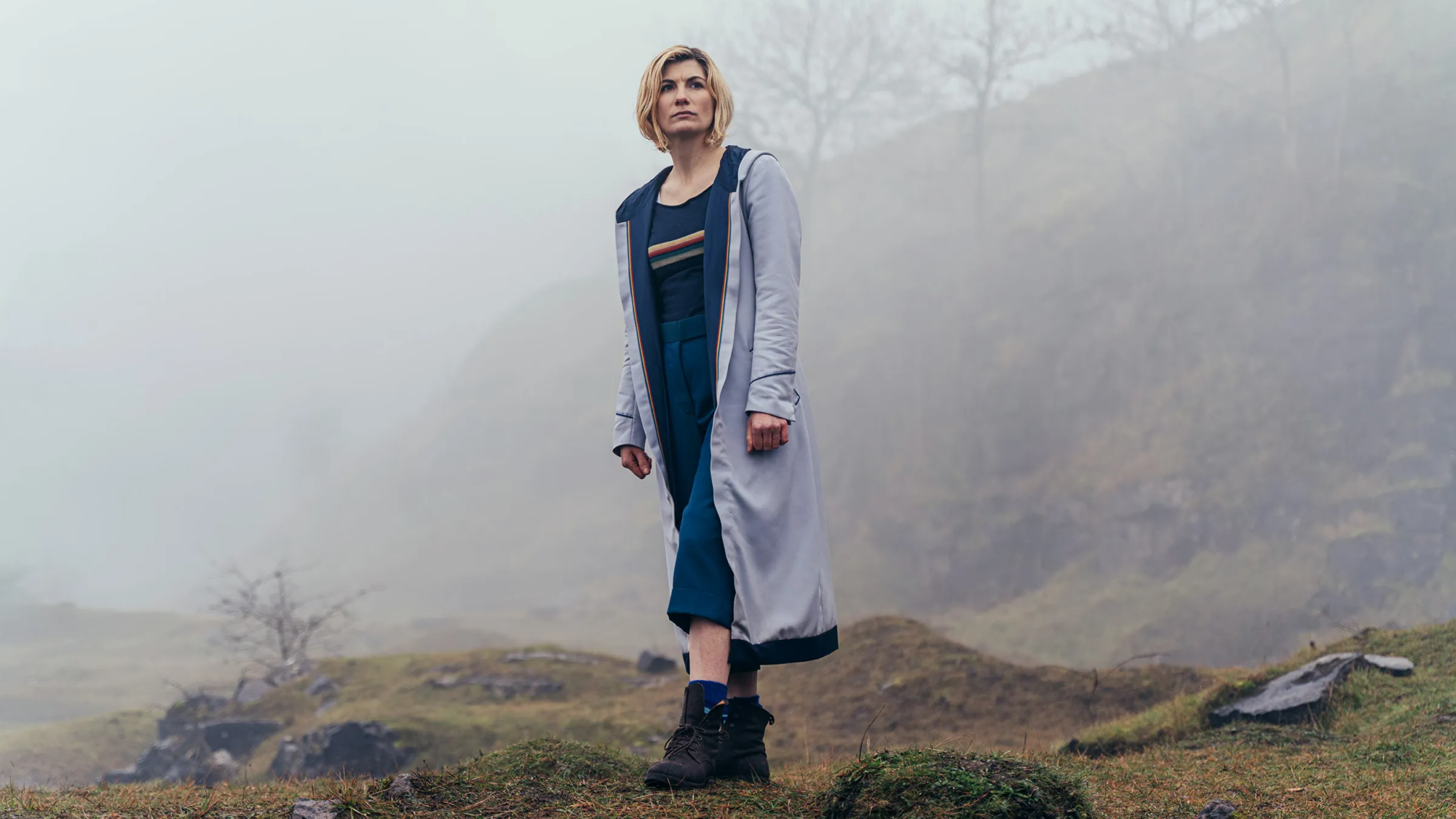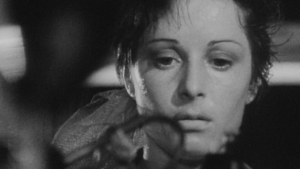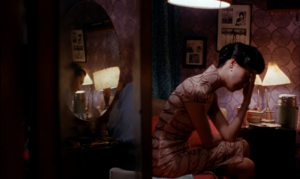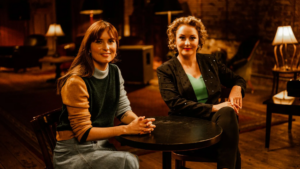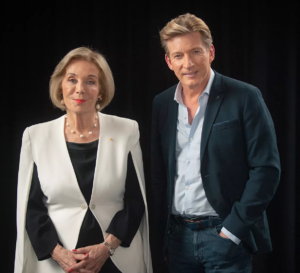Nearly sixty years after the series first aired on Australia’s national broadcaster, new episodes of Doctor Who will no longer be screened on the ABC. In November, the free-to-air favourite will be vaporised and rematerialise in a different streaming universe – the Disneyverse.
While the show will remain exclusive to the BBC in the UK and Ireland, a new partnership between the British broadcaster and Disney Branded Television means that it will be distributed via subscription video-on-demand (SVOD) service Disney+ outside the British Isles – and, thus, no longer be freely available to Australian viewers on first run. According to a BBC press release, this is part of a strategy to ‘transform Doctor Who into a global franchise for UK audiences and the rest of the world’. But what does all that corporate jargon actually mean?
A big part of Doctor Who’s longstanding appeal has been its distinctively British sensibility, a quality appreciated by fans around the world who prefer its somewhat homespun texture to slick (and sometimes soulless) sci-fi shows from across the Atlantic. But the clear ambition behind this deal is to tap into Disney’s marketing and promotional might in order to align the show with the likes of stablemates Marvel and Star Wars. Behind the BBC’s promotional messaging, the brief is pretty straightforward: make Doctor Who a bigger hit in America.
The absence of new Doctor Who episodes on the ABC is obviously out of the national broadcaster’s hands, but it’s an example of the migration of shows that once found their audience on free-to-air television in Australia behind paywalls. In September, seminal Australian teen drama Heartbreak High was rebooted after previously screening on Network 10 and the ABC from 1994 to 1999 – but you’d be flicking through television channels forever to find it, because it’s now sitting behind a paywall on Netflix. Similarly, if you want to watch Back to the Rafters, the appropriately titled revival of successful 2000s Seven Network family drama Packed to the Rafters, you need a subscription to Amazon Prime Video.
Even sport, which draws some of the biggest free-to-air television audiences in the country, is not immune to paywall pressure. During the Australian Football League’s (AFL) recent broadcast-rights negotiations, federal Minister for Communications Michelle Rowland pleaded with the code to not give away more games to subscription services:
Free-to-air television is universally available and accessible, and it is an important source of information, education and entertainment for all Australians, regardless of their means or location.
The broadcasting of key sports competitions like the AFL Premiership helps to create shared experiences, foster a collective Australian identity, and contributes to grassroots community-based sports participation.
In September, the AFL signed a seven-year deal worth A$4.5 billion to partner with the Seven Network, Foxtel and Telstra. The bidders that missed out included free-to-air networks Nine and 10, which were joined in their separate offers by Stan and Paramount+, their respective streaming partners – further evidence of the interest of SVOD services in sport. Many football fans were relieved when, as part of the new deal, the AFL made a commitment that, at least until the partnership expires in 2031, there would be no change to the number of games broadcast on free-to-air television each season.
Accessibility is vital to Australia’s screen culture. According to a survey conducted by Free TV Australia in February last year, 78 per cent of Australians agree that ‘reliable free-to-air television services are crucial, especially for those without strong internet’; 76 per cent agree that ‘free-to-air television ensures Australians have access to iconic sporting events’; and 72 per cent agree that ‘free-to-air television allows access to television without straining budgets’. This last finding in particular stands out: as interest rates rise and inflation hits, cost of living puts pressure on Australians to rethink household expenditure. In such conditions, a streaming subscription (let alone several) can become a luxury.
The success of shows behind paywalls may offer global audiences a glimpse into what our screen industry can achieve, but they remain at the whim of the platforms that program them. Currently, unlike on free-to-air TV, there are no local-content quotas imposed on Australian SVOD services; as much as we may place our hope in them doing the right thing and supporting local screen industries, the worst-case scenario is that they end up doing the bare minimum. At the moment, it’s clear that there’s a strategy to use past free-to-air hits to bring audiences across to streaming platforms, which may well leave viewers wondering why they are being asked to pay for something that they once got for free.
Nonetheless, there has been an evident shift in recent years. Australians are beginning to rely less on free-to-air networks to access their favourite programs, and there’s more of a reliance on SVOD services to pick up the slack for the shortcomings of traditional small-screen programming. The Australian Communications and Media Authority reports that, in mid 2021, 58 per cent of Australian adults used a subscription video service while only 54 per cent watched free-to-air channels. And with a majority of the commercial free-to-air networks in Australia now banking on reality TV to draw in viewers and advertisers, one can hardly blame audiences for fleeing into the arms of the somewhat more dynamically programmed streaming platforms. At the time of writing this column, TV singing competition Australian Idol is back from the dead on Seven after more than a decade off air – a sign of a creative rut if ever there was one.
But here’s where the irony kicks in: SVOD services’ triumph over free-to-air networks isn’t exactly assured. Netflix Australia will soon roll out an ad-supported version of the service with a reduced subscription fee, and Disney+ is set to do the same; many platforms are expected to follow. This is a bid to mitigate drops in subscribers due to cost, inconsistent programming (Netflix once had an emphasis on scripted comedy and drama; now it makes Is It Cake?) and a highly competitive streaming marketplace. This move suggests that, rather than representing an evolution in screen consumption, the SVOD sector is beginning to behave more and more like its free-to-air counterpart, especially when it comes to advertising.
As shows like Doctor Who and Heartbreak High get gobbled up by media giants, it becomes even more important for local screen bodies and free-to-air networks to nurture the next wave of shows that will find their audience in a way that is accessible for all Australians. Even though Doctor Who is a British production, there’s no doubt its availability on free-to-air TV here played a significant role in the series building its legion of Australian fans. The same can be said for locally produced shows such as Bluey, The Newsreader, Mystery Road and New Gold Mountain. For Australian screen culture to remain healthy, audiences need to be able to access these programs – and the best way to do that is to keep them free.
